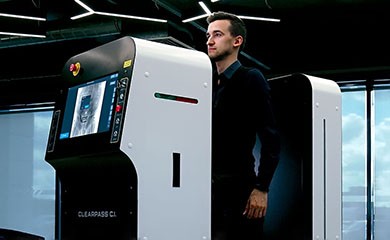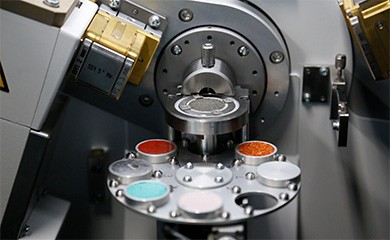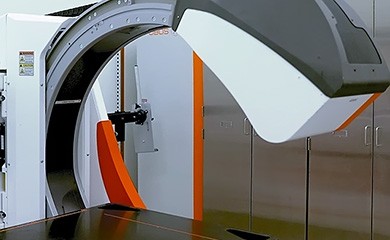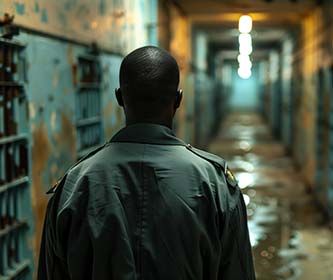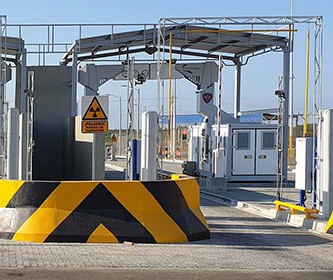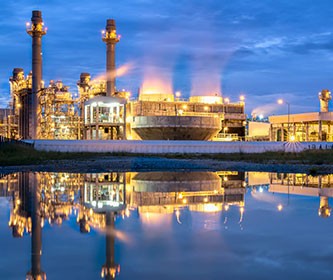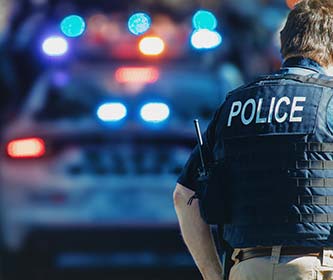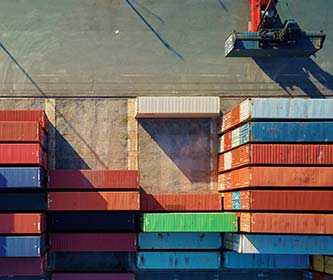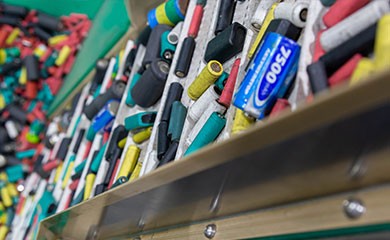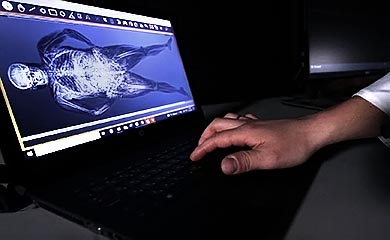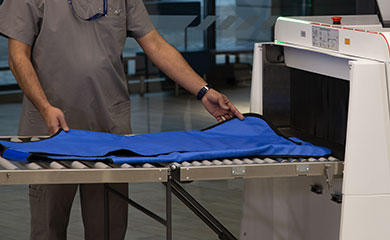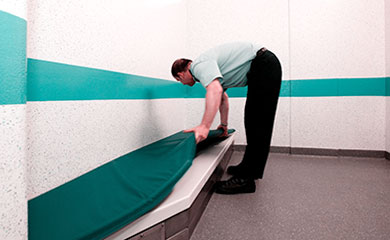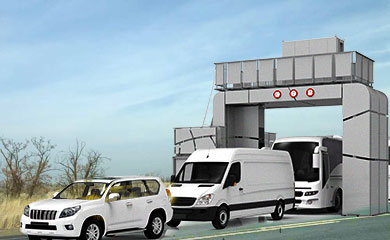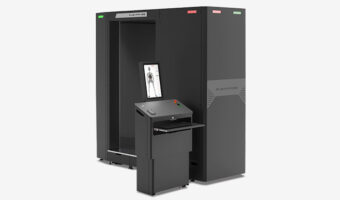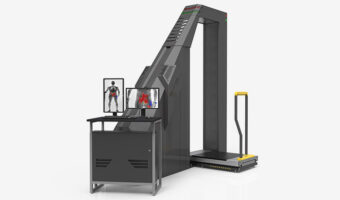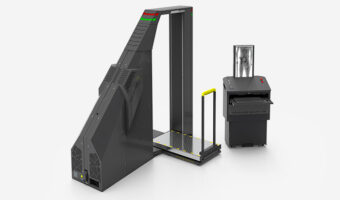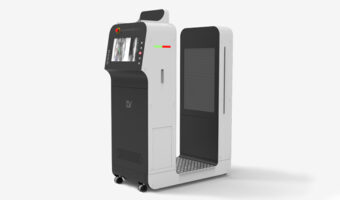X-ray screening systems are commonly used at entry points such as government buildings, corporate offices, customs, prisons, events, and public venues for employee and visitor screenings. Individuals are typically required to walk through a designated security checkpoint, carrying their belongings, which are placed on a conveyor belt and moved through an X-ray scanner.
X-ray screening systems for employees and visitors are crucial in maintaining security and ensuring the safety of individuals and public spaces. They act as a deterrent against potential threats, helping to prevent unauthorised items from entering secure areas and reducing the risk of incidents such as theft, violence, or terrorism.
X-ray screening systems for employees and visitors are security measures to inspect individuals and their belongings. These systems employ X-ray technology to create detailed images of items carried or worn by individuals, allowing security personnel to identify potential threats, prohibited items, or contraband.
In what cases are X-ray screening systems for employees and visitors used?
X-ray screening systems for employees and visitors are widely employed across different environments to bolster security measures and safeguard the well-being of people and facilities. Here are some typical use cases for X-ray screening systems in this context:
- Access control: X-ray screening systems are deployed at entry points of facilities to screen employees and visitors for any prohibited items or potential threats before they enter secure areas. This helps prevent unauthorised individuals or dangerous objects from entering restricted spaces, such as government buildings, banks, or high-security offices.
- Parcel, baggage and belongings screening: Individuals passing through X-ray screening systems are required to place their bags, backpacks, purses, and other personal belongings on the conveyor belt. The X-ray scanner generates detailed images of these items, allowing security personnel to identify any concealed weapons, illegal substances, or suspicious objects that pose a security risk.
- Asset protection: X-ray screening systems can also be used to protect valuable assets within a facility. For example, in high-security areas, employees or visitors may be required to pass through X-ray screening to ensure they are not carrying unauthorised electronic devices, confidential documents, or other sensitive materials that could compromise intellectual property or trade secrets.
- Compliance with regulations: In specific industries or sensitive environments, the use of X-ray screening systems for employees and visitors may be mandatory to comply with security regulations and guidelines. These can include industries such as aviation, nuclear facilities, government institutions, or high-profile events.
It is important to note that X-ray screening systems must adhere to legal and ethical guidelines, ensure privacy rights are respected, and appropriate measures are taken to reduce potential health risks associated with X-ray radiation exposure. Organisations using such systems should properly train security personnel and establish clear protocols for operating and managing such equipment to maximise safety and compliance.
What can be seen with X-ray screening systems for employees and visitors?
X-ray screening systems allow for identifying various objects that may pose a threat. Here are some examples of what can be detected using a security X-ray machine:
- Weapons (firearms and knives): X-ray scanners are capable of detecting guns, knives, swords, and other types of weapons.
- Explosives (liquid and composite): Security X-ray scanners can identify suspicious packages or containers that may contain explosives or other dangerous materials.
- Drugs: X-ray screening systems can detect drugs and other illicit substances that may be hidden in bags, packages, or even within the human body.
- Currency: Large amounts of cash or valuable items can be identified through X-ray screening.
- Contraband: X-ray screening systems detect prohibited items such as ivory, wildlife products, and counterfeit goods.
- Electronics: Miniature phones and detonating circular boards can also be easily detected by X-ray inspection.
Points of use X-ray screening systems for employees and visitors
Points of use for X-ray screening systems for employees and visitors may include:
- Office buildings: X-ray machines can be placed at main entrances, employee entrances, or lobby areas to screen individuals and their belongings before entering the building.
- Government buildings: X-ray screening systems are often utilised at entrances to government buildings to ensure the safety of employees, visitors, and the facility itself.
- Courthouses: X-ray screening systems are typically used at courthouse entrances to screen individuals and their belongings for security purposes.
- Sports stadiums/arenas: X-ray screening systems may be used at entrances to sports venues to ensure the safety of attendees by scanning their belongings.
- Convention centres: X-ray machines can be placed at entrance points to convention centres to screen attendees and their bags for security reasons.
- Educational institutions: X-ray screening systems can be installed at entrances to schools, colleges, and universities to enhance security measures and prevent the entry of prohibited items.
- Critical infrastructure facilities: X-ray screening systems are often utilised at power plants, data centres, and other essential infrastructure locations to prevent unauthorised access and detect potential threats.
- Train stations: X-ray screening systems may be installed at train station entrances or within station buildings to screen passengers and their luggage.
- Bus terminals: X-ray scanners can be employed at bus terminal entrances or within terminal buildings to screen passengers and their bags.
- Prisons: X-ray screening systems can be positioned at entrances to prisons to ensure that visitors and employees do not bring unauthorised items inside.
- Hospitals: X-ray scanners may be used at hospital entrances or within emergency departments to screen visitors and their belongings.
- Airports: X-ray inspection systems are commonly used at airport security checkpoints to screen passengers and their carry-on luggage for prohibited items.
Please note that the specific placement of X-ray screening systems will depend on the security requirements and regulations of each individual location. LINEV Systems has a variety of X-ray security and inspection systems to protect your business.
